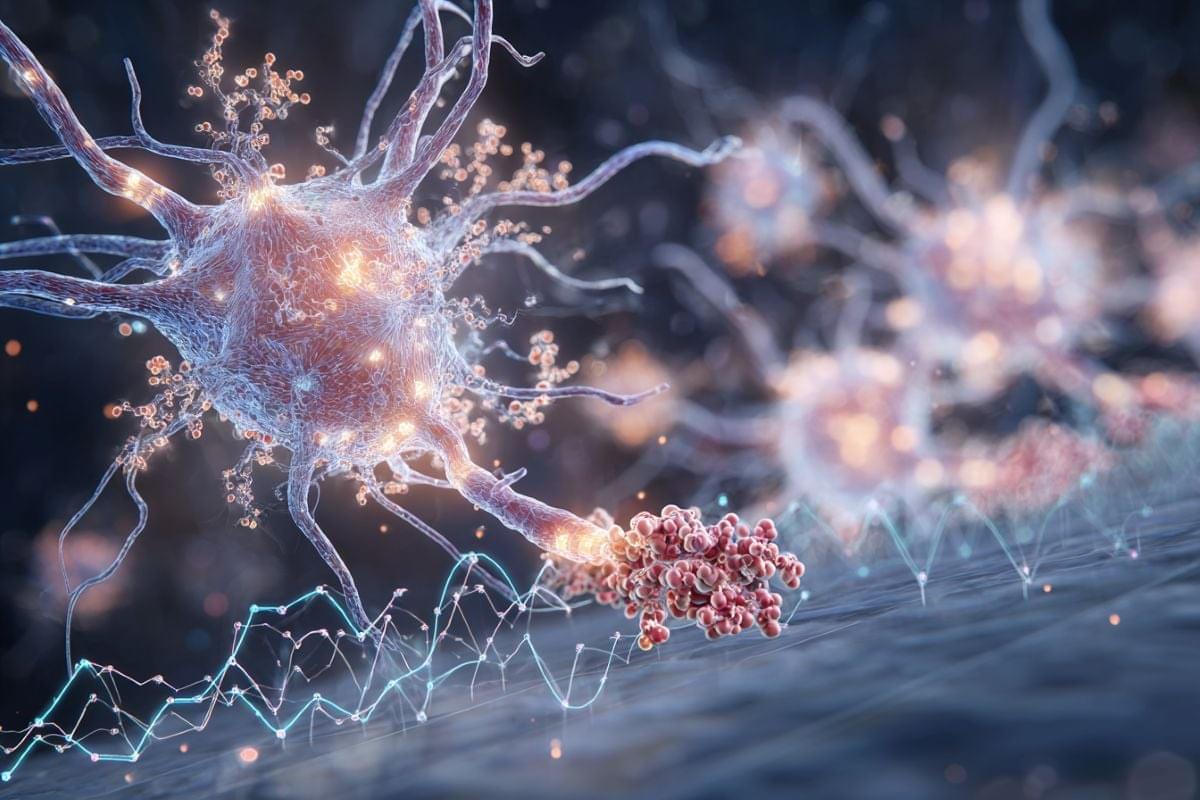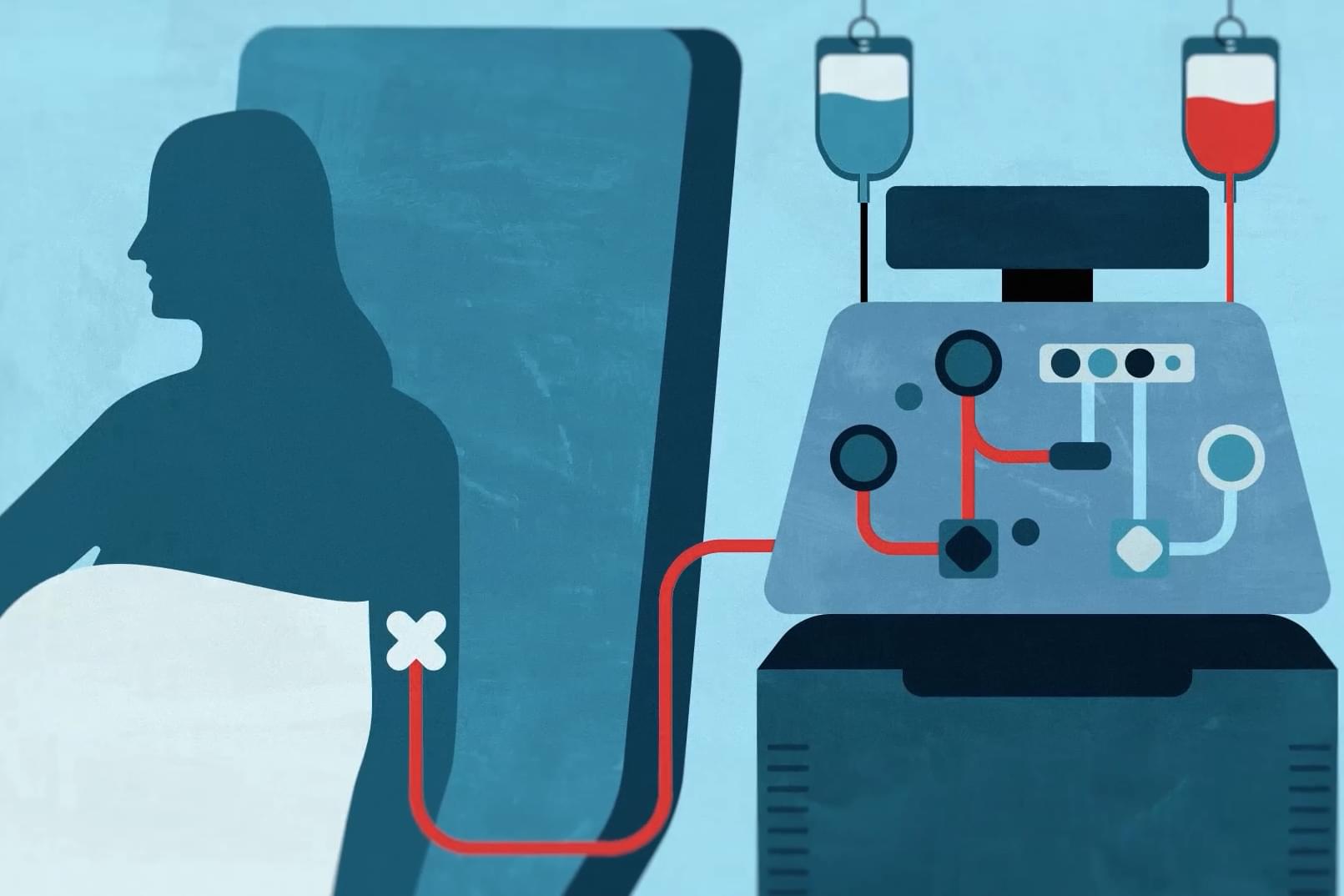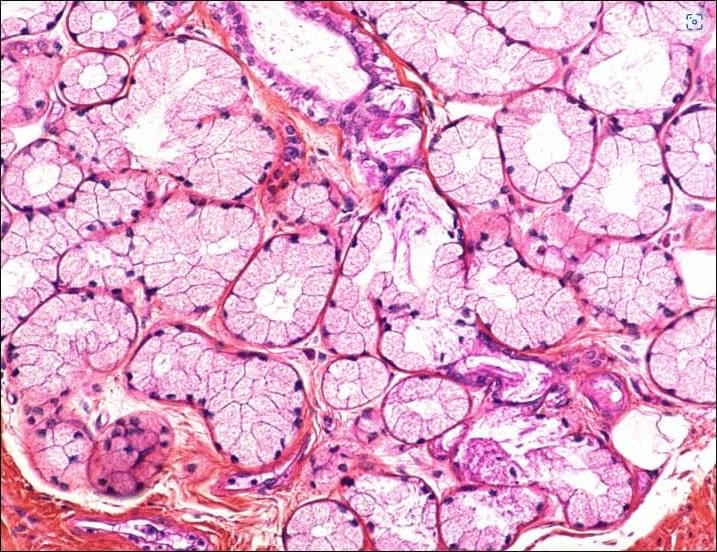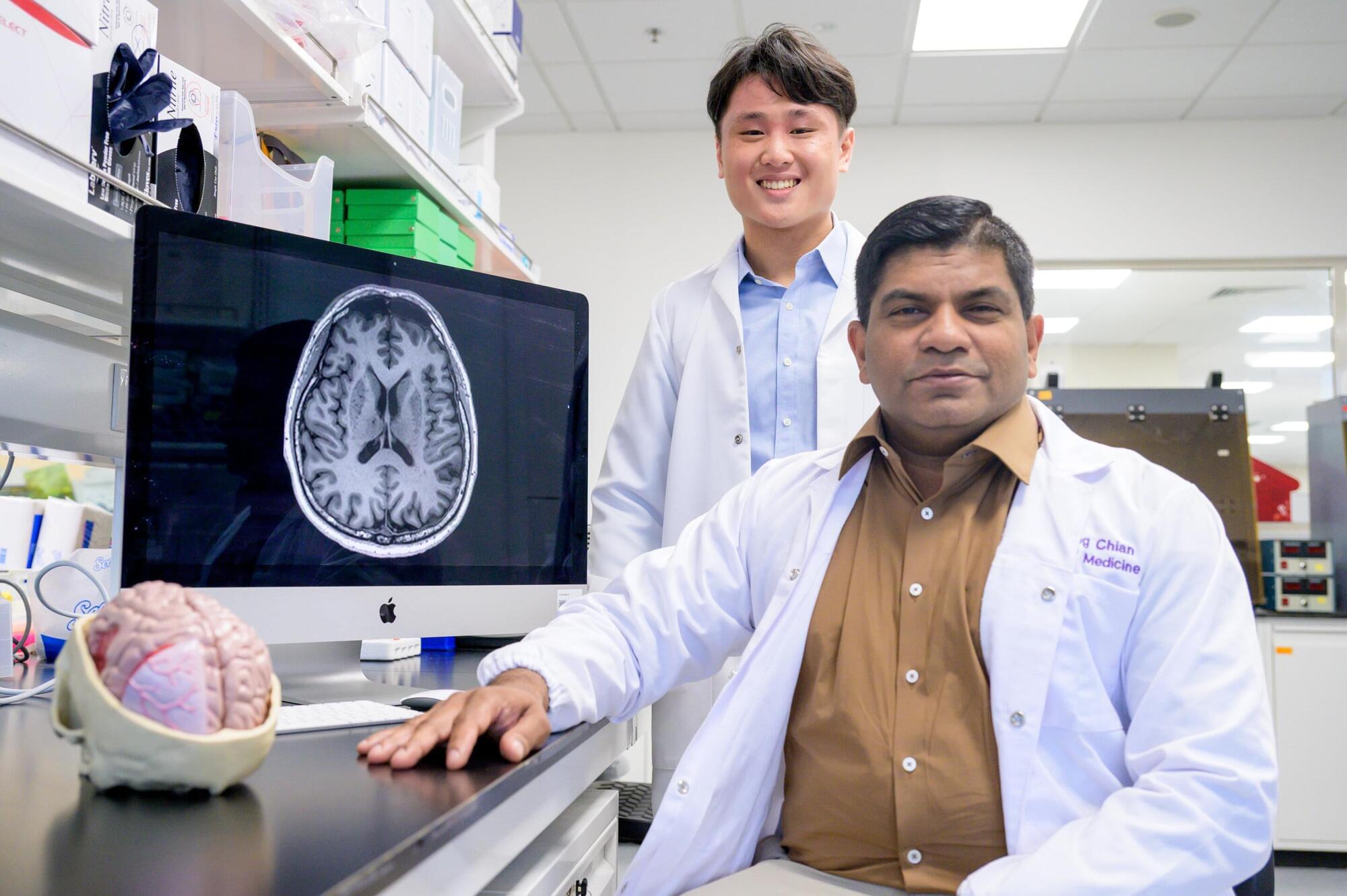A new meta-analysis of six randomized controlled trials shows that lithium supplementation does not significantly slow cognitive decline in people with mild cognitive impairment or Alzheimer’s disease.


Pause and Rewind: Temporarily silencing the neural activity in the motor cortex paused the brain’s timer, whereas silencing the striatum rewound the timer.
Broader Impacts: These findings reveal how the brain keeps time to coordinate movement, which one day may be harnessed to restore movement in disorders like Parkinson’s and Huntington’s.
Whether speaking or swinging a bat, precise and adaptable timing of movement is essential for everyday behavior. Although we do not have sensory organs like eyes or a nose to sense time, we can keep time and control the timing of our actions. Such timing accuracy depends on a timer in the brain, but how the brain implements this timer was previously unknown. In research published this week in Nature, MPFI scientists Zidan Yang, Hidehiko Inagaki, and colleagues reveal how this timer works through the interaction of two brain regions—the motor cortex and the striatum. Together, these areas track the passage of time much like an hourglass.
Read More
MPFI Scientists have discovered how two brain areas work together like an hourglass to flexibly control movement timing.

Scientists are trying a revolutionary new approach to treat rheumatoid arthritis, multiple sclerosis, lupus and other devastating autoimmune diseases — by reprogramming patients’ out-of-whack immune systems.
When your body’s immune cells attack you instead of protecting you, today’s treatments tamp down the friendly fire but they don’t fix what’s causing it. Patients face a lifetime of pricey pills, shots or infusions with some serious side effects — and too often the drugs aren’t enough to keep their disease in check.
“We’re entering a new era,” said Dr. Maximilian Konig, a rheumatologist at Johns Hopkins University who’s studying some of the possible new treatments. They offer “the chance to control disease in a way we’ve never seen before.”

Developed at Caltech, a new robot is a humanoid that can launch an M4 drone, switching between different modes of motion, with wheels that can become rotors.

In 1887, one of the most important experiments in the history of physics took place. American scientists Michelson and Morley failed to measure the speed of Earth by comparing the speed of light in the direction of Earth’s motion with that perpendicular to it. That arguably most important zero measurement in the history of science led Einstein to postulate that the speed of light is constant and consequently to formulate his theory of special relativity.
This theory implies that all laws of physics are the same, independent of the relative motion between observers—a concept known as Lorentz invariance.
Meanwhile, quantum theory has been developed, with Lorentz invariance at the heart of all its theoretical frameworks, in particular quantum field theory and the Standard Model of Particle Physics. The latter is the most precisely tested theory ever developed and has been verified to incredible precision.

A Princeton team built a new tantalum-silicon qubit that survives for over a millisecond, far surpassing today’s best devices. The design tackles surface defects and substrate losses that have limited transmon qubits for years. Easy to integrate into existing quantum chips, the approach could make processors like Google’s vastly more powerful.

“You should have a few good years ahead of you but I wouldn’t hold my Bitcoin,” Peronnin said, laughing. “They need to fork [move to a stronger blockchain] by 2030, basically. Quantum computers will be ready to be a threat a bit later than that,” he said.
Quantum doesn’t just threaten Bitcoin, of course, but all banking encryption. And it is likely that in all these cases companies are developing quantum resistant tools to upgrade their existing security systems.
Defensive security algorithms are improving, Peronnin said, so it’s not certain when the blockchain will become vulnerable to a quantum attack. But “the threshold for such an event is coming closer to us year by year,” he said.

“Drains” in the brain, responsible for clearing toxic waste in the organ, tend to get clogged up in people who show signs of developing Alzheimer’s disease, a study by researchers from Nanyang Technological University, Singapore (NTU Singapore) has discovered.
This suggests that such clogged drains, a condition known as “enlarged perivascular spaces,” are a likely early-warning sign for Alzheimer’s, a common form of dementia.
“Since these brain anomalies can be visually identified on routine magnetic resonance imaging (MRI) scans performed to evaluate cognitive decline, identifying them could complement existing methods to detect Alzheimer’s earlier, without having to do and pay for additional tests,” said Associate Professor Nagaendran Kandiah from NTU’s Lee Kong Chian School of Medicine (LKCMedicine) who led the study.